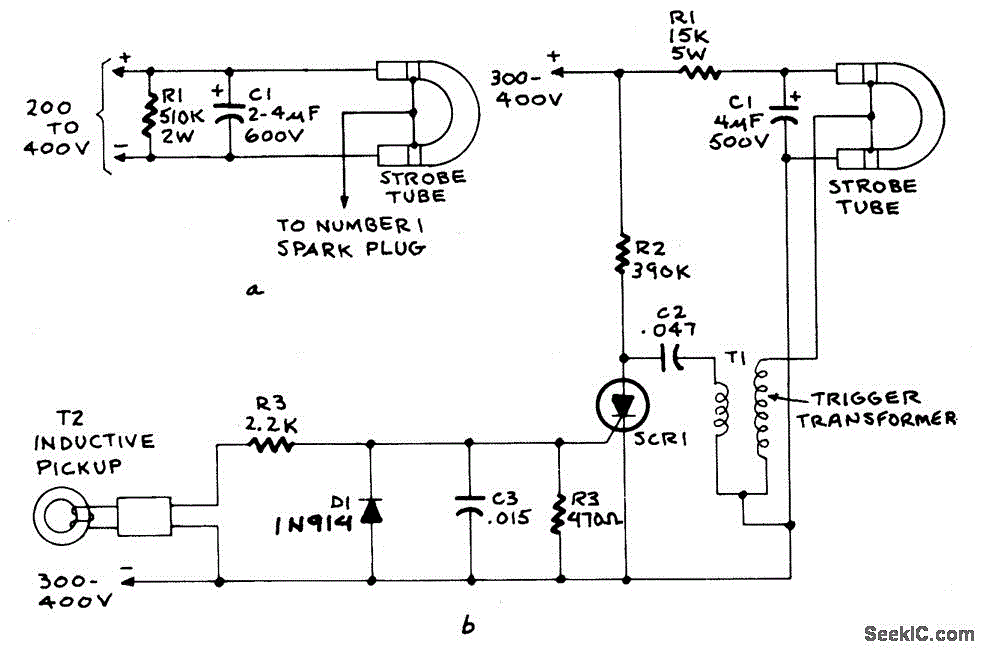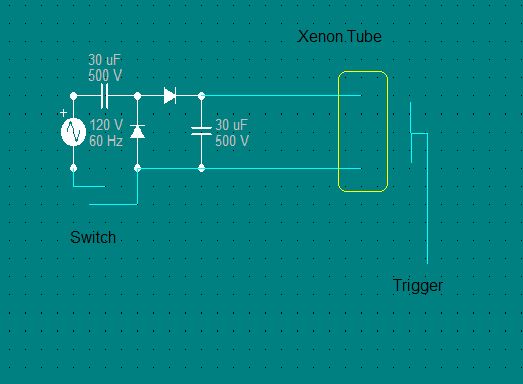That explains why it’s a bit iffy when I measure it.
My local has 2, but they don’t tell you much.
1 - Pri-500Ω 3 wire and Sec-8Ω 2 wire
https://www.jaycar.com.au/500-ohm-centre-tapped-8-ohm-miniature-output-transformer/p/MM2530
2 - Pri-1000Ω 3 wire and Sec-8Ω 2 wire
https://www.jaycar.com.au/1k-ohm-centre-tapped-8-ohm-output-transformer/p/MM2532
There is a 3K to 3K, but that’s not going to help
I found a 300V on Ebay, so I guess i have to bit the bullet and pay the $6 - the 10KV was only $1.30 -
Unless I’m using the wrong words, it’s hard to find anything on something cheap like Ebay.





